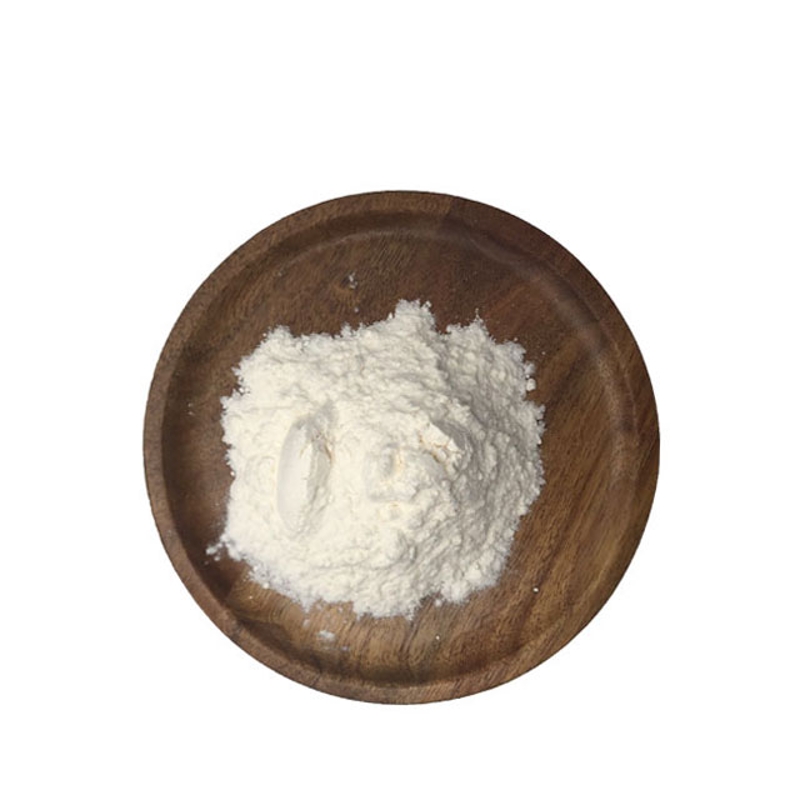-
Categories
-
Pharmaceutical Intermediates
-
Active Pharmaceutical Ingredients
-
Food Additives
- Industrial Coatings
- Agrochemicals
- Dyes and Pigments
- Surfactant
- Flavors and Fragrances
- Chemical Reagents
- Catalyst and Auxiliary
- Natural Products
- Inorganic Chemistry
-
Organic Chemistry
-
Biochemical Engineering
- Analytical Chemistry
- Cosmetic Ingredient
-
Pharmaceutical Intermediates
Promotion
ECHEMI Mall
Wholesale
Weekly Price
Exhibition
News
-
Trade Service
Telomerase activation is the earliest event in the development of hepatocellular carcinoma (HCC).
telomere length (TL) is regulated by telomere complexes consisting of TRT (telomere reverse transcriptase), TERC (telomere RNA components), and a variety of proteins.
study aims to clarify the change and regulation of telomere length in the course of liver cancer.
researchers measured telomere length in tumor tissue and non-tumor tissue in 1,502 patients (978 cases of HCC) and analyzed the correlation between TRT variation and expression with the clinical and molecular characteristics of liver cancer by genome, exon group, target or RNA sequencing.
, preclinical activity against TTERT antispoy oligonucleotides (ASOs) was evaluated in 26 cell line and transplanted tumor mouse models.
liver telomere length and age, fibrosis, age associated with male and alcohol intake, liver fibrosis, male and excessive alcohol intake are independent determinates of liver telomere consumption.
developed by livers with long telomeres are usually TRT wild types with ancestral cell characteristics and BAP1 mutations.
, the HCC developed by livers with short telomeres is mostly non-proliferating HCC, and the multi-rich system TRT initiater mutation.
TERT over-expression and long telomeres associated with HCC invasion HCC can activate TRT expression through a variety of mechanisms to stabilize telomere length at 5.7Kb, in a narrow biological range, similar to a non-tumor liver.
in tumors, long telomeres are characteristic of strong invasive HCC and are associated with G3 transcription subtypes, TP53 variants, and poor prognosmology.
anti-tumor activity of anti-TERT ASO is found in HCC cell line, and the use of antisant oligonucleotide chain silencing TRT is effective in cells with high proliferation and poor differentiation.
after 3-16 weeks of treatment with an antisemisive oligonucleotide chain, cell proliferation stagnation was successfully induced in 12 cell linelets by shortening telomere length, DNA damage, and apoptosis activation.
antisant oligonucleotide chain also obtained therapeutic effect in transplanted tumor mouse models.
, telomere lengths are varied during the occurrence of HCC tumors and are associated with tumor progression and invasiveness.
the activity of anti-TTERT ASO in HCC cell line reveals the tumor-like and anti-TTERT ASO preclinical basis for entering HCC clinical trials.







